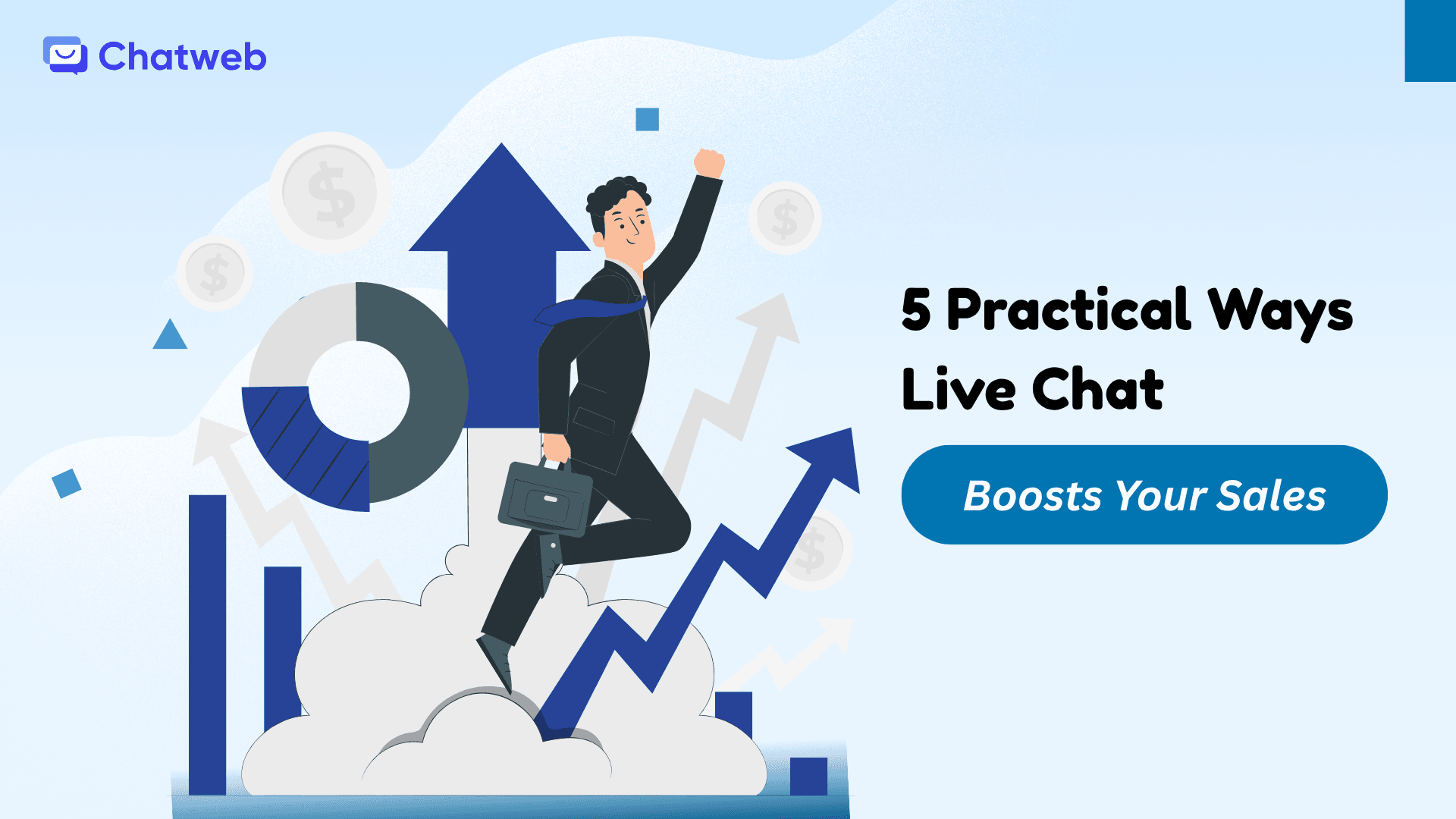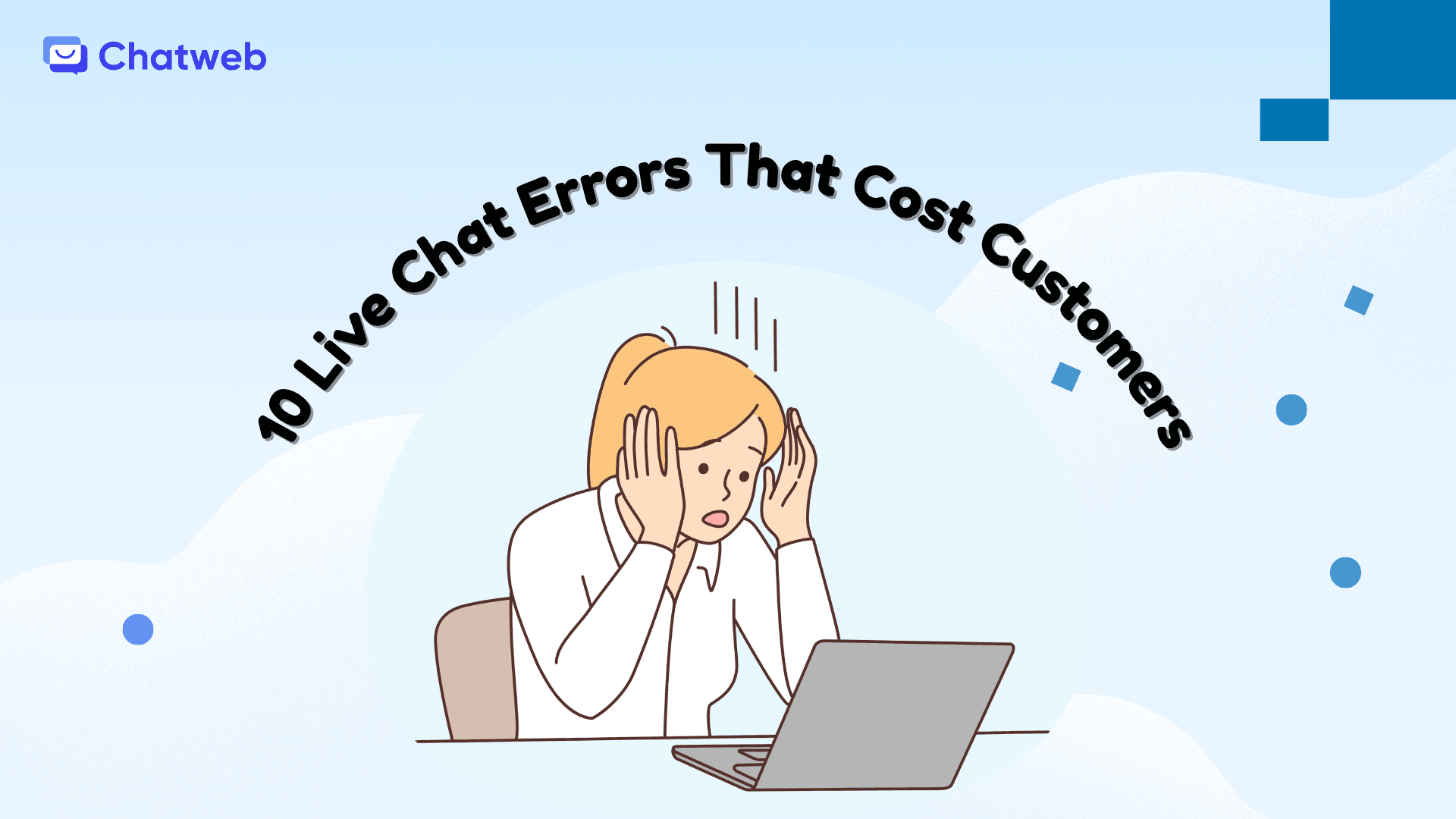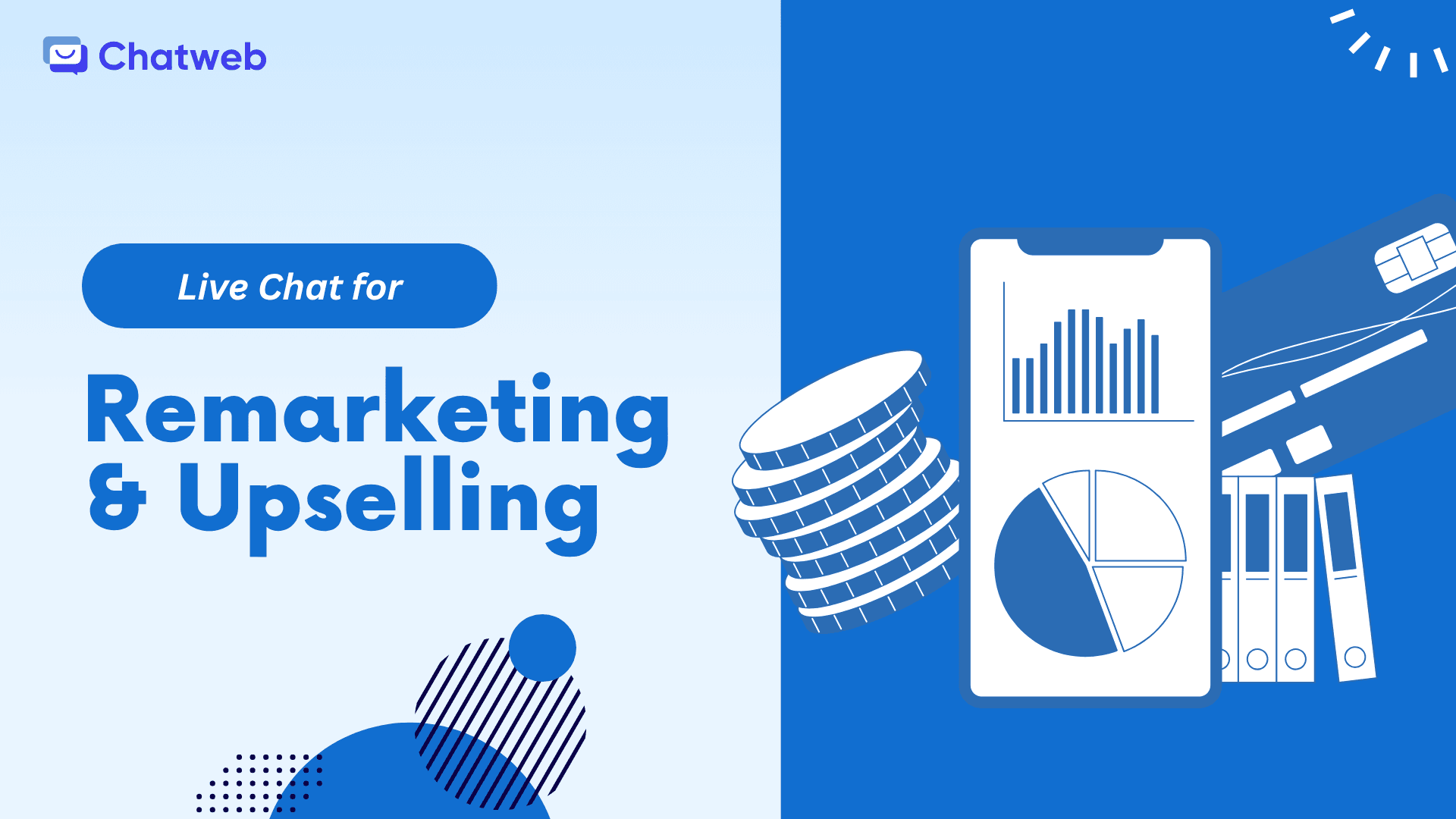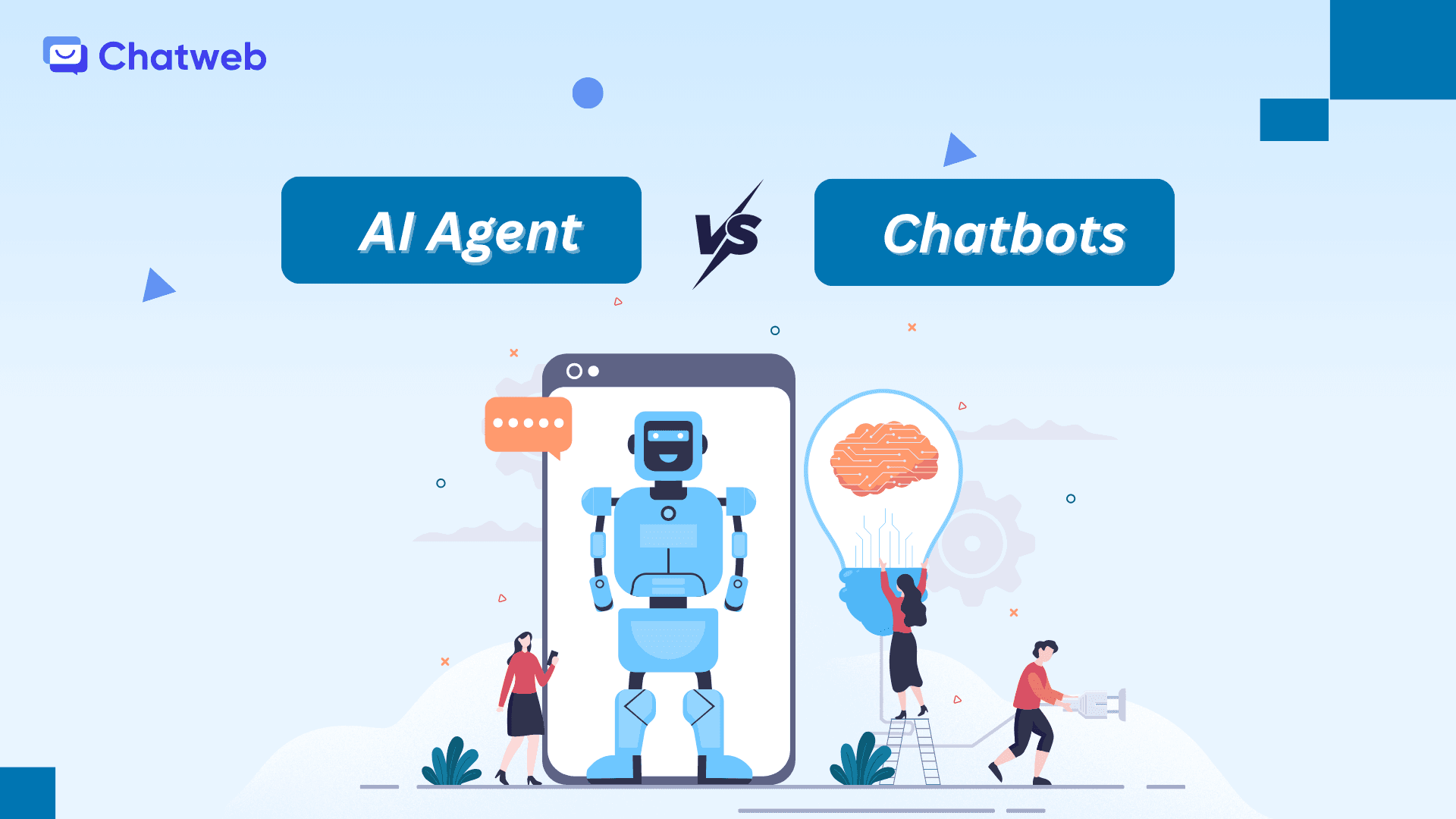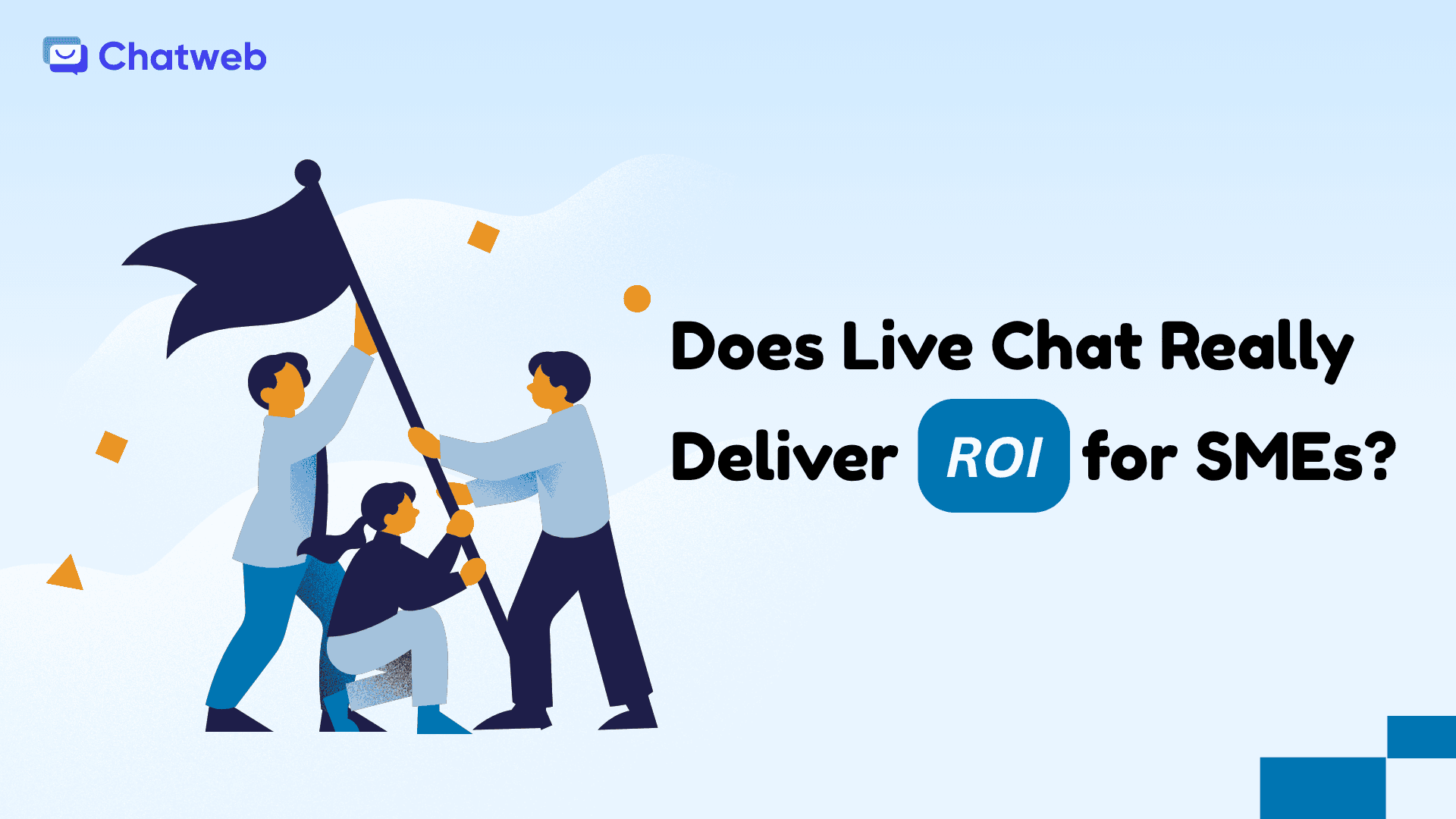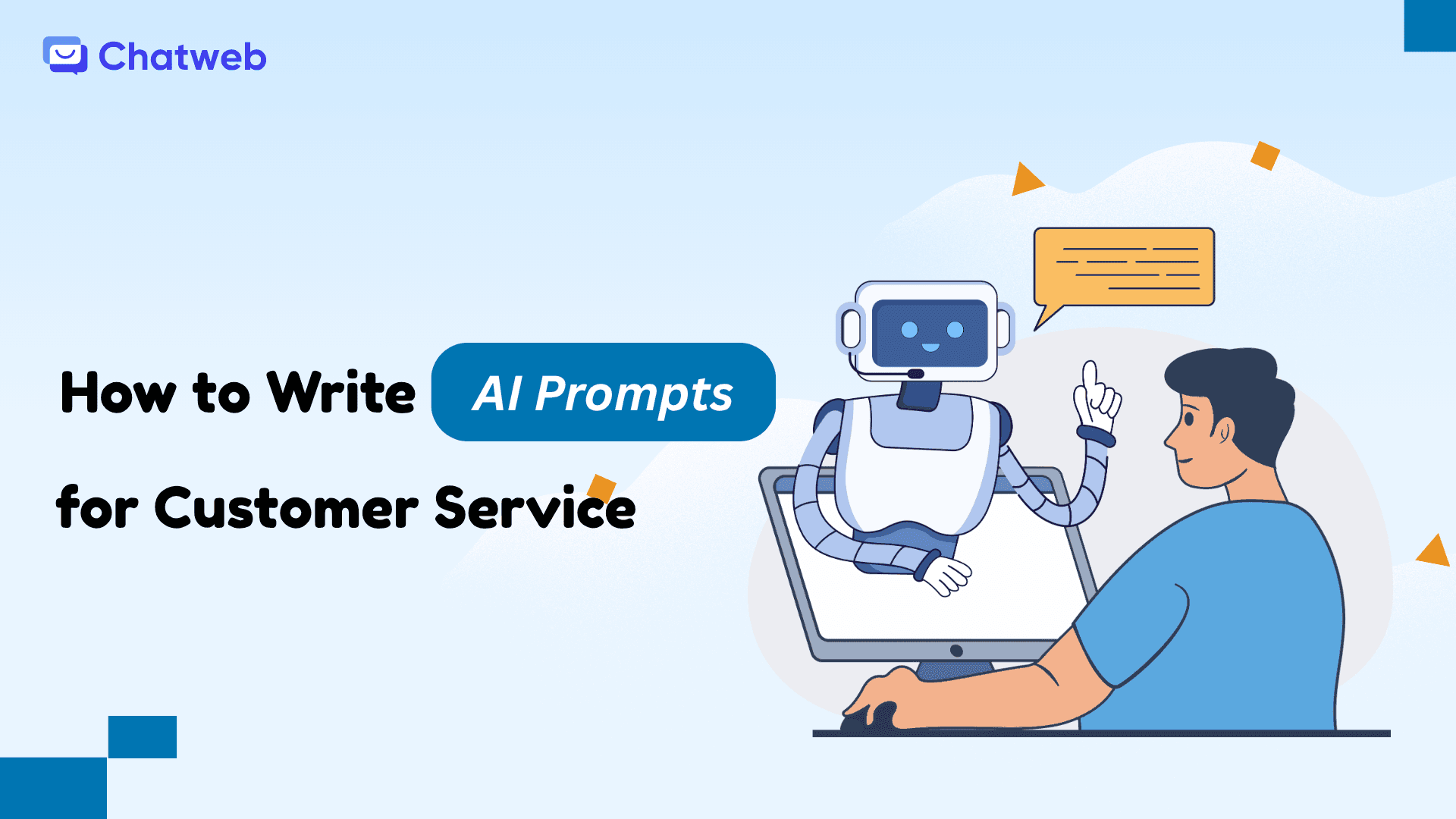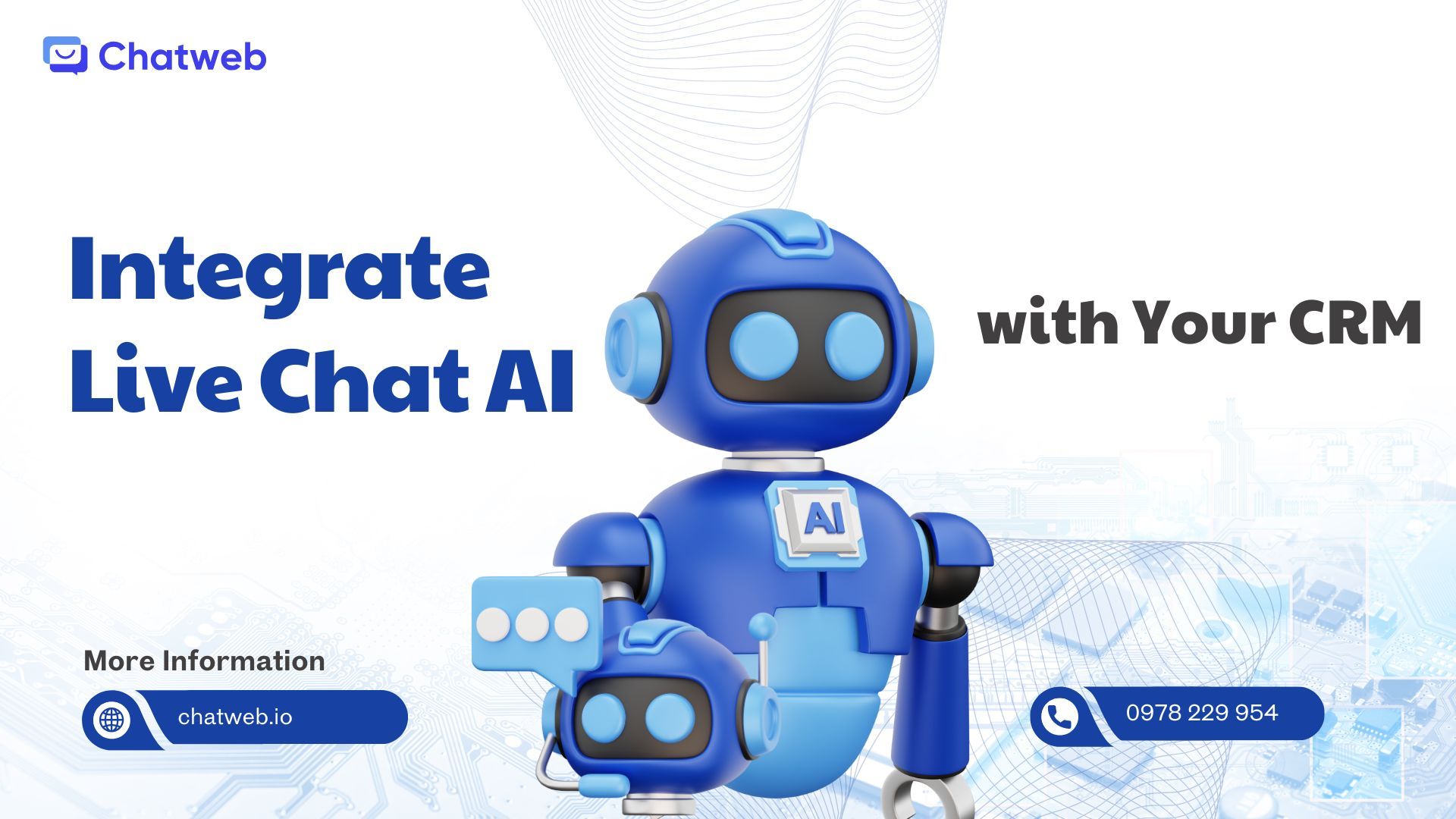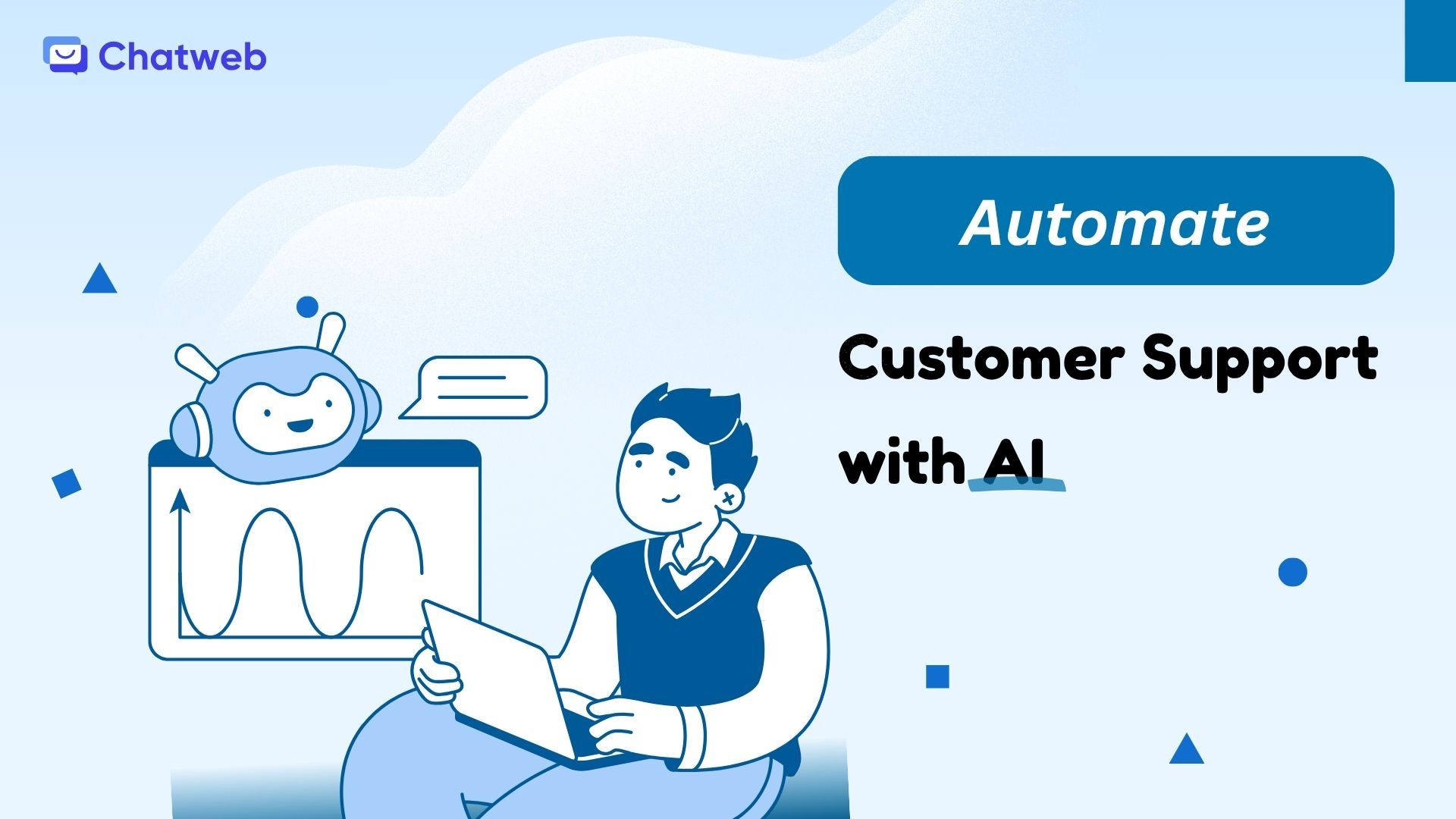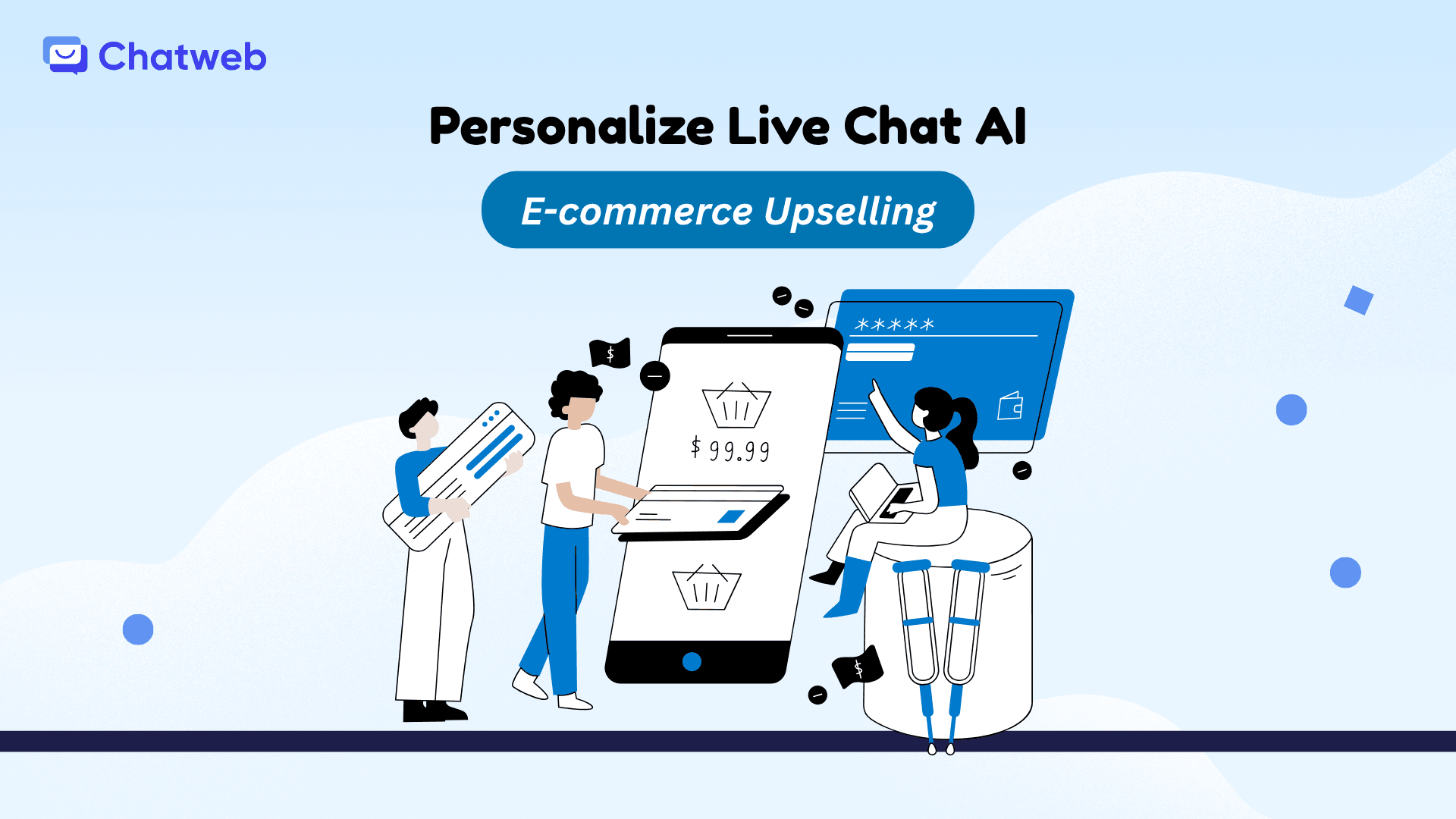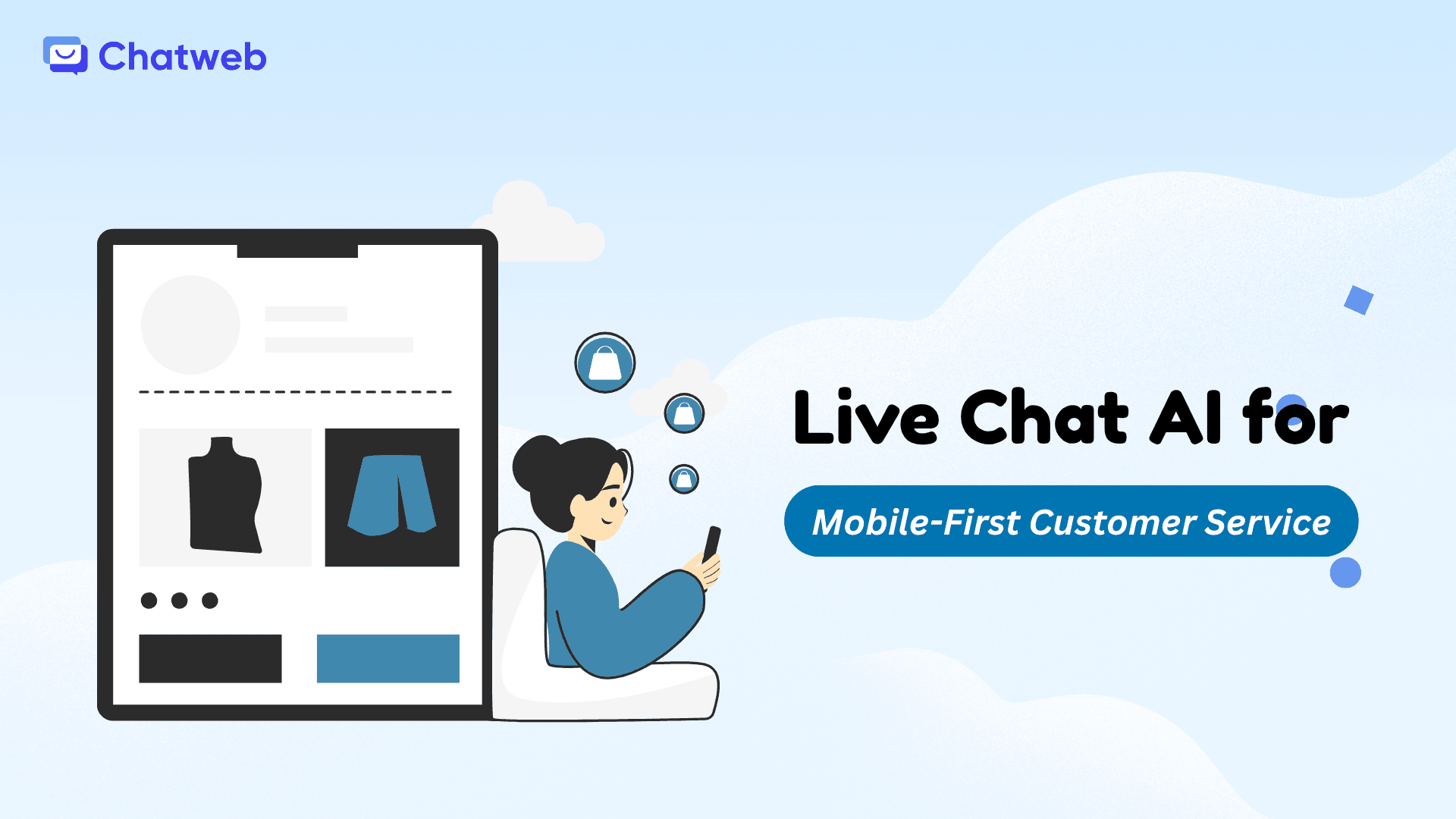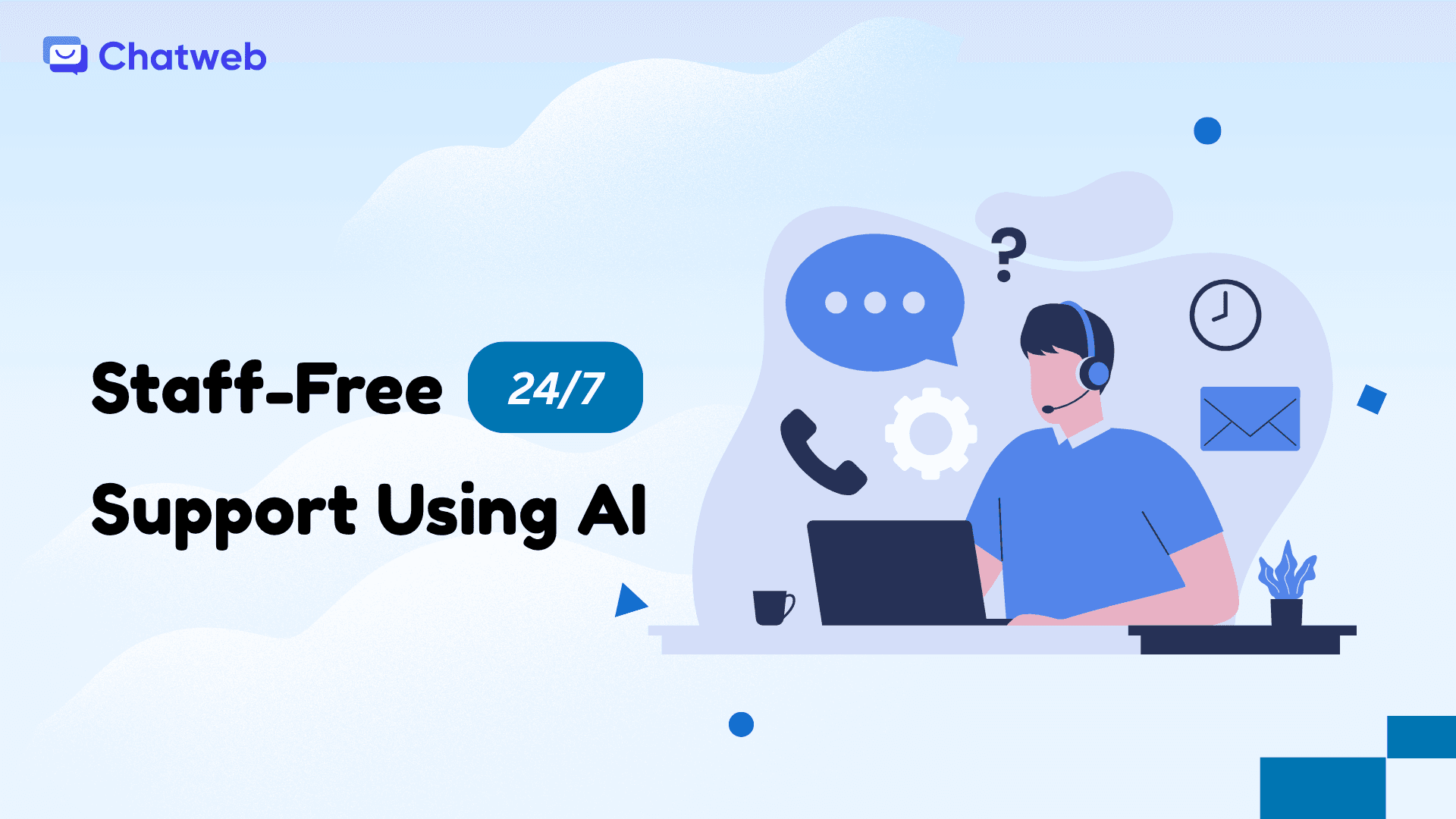As a small or medium-sized enterprise (SME) owner in 2025, you’re likely juggling a million tasks while trying to keep customers happy and sales rolling in. When it comes to customer communication, you’ve got options: email, hotline, or live chat. Each has its strengths, but choosing the wrong one could mean frustrated customers, missed sales, or stretched resources. So, which tool is the most effective for your SME? The answer depends on your budget, team size, and customer expectations.
This article will compare email, hotline, and live chat to help you decide what’s best for your SME. We’ll break down how each tool works, their pros and cons, and real-world examples of SMEs using them successfully. Plus, we’ll show how Chatweb can supercharge your live chat strategy to drive sales and satisfaction. By the end, you’ll have a clear plan to pick the right tool—or mix of tools—for your business. Let’s dive in.
1. Overview: Email, Hotline, and Live Chat
Before we compare, let’s clarify what each tool brings to the table:
- Email: A written communication channel where customers send inquiries (e.g., support@yourbusiness.com) and your team responds, often within hours or days. It’s asynchronous, meaning no real-time interaction.
- Hotline: A phone-based system where customers call a number (e.g., 1-800-HELP) and speak to an agent. It’s real-time but requires staff to handle calls.
- Live Chat: A website-based tool that lets customers message you instantly, via human agents or AI bots. It’s real-time, often embedded on your site or app.
About 41% of customers say they prefer real-time customer service via live chat over other methods, such as email or phone support.
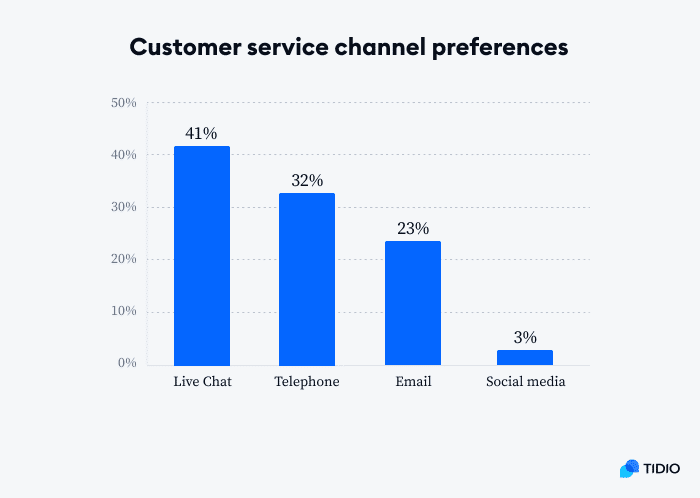
For SMEs with limited budgets and teams, picking the right tool is critical to balancing cost, efficiency, and customer satisfaction. Let’s break down each option, compare their strengths, and see how they stack up for SMEs.
2. Email: The Tried-and-True Classic
Email is the backbone of many SMEs—it’s cheap, familiar, and doesn’t require fancy tech. You probably already have an email system set up, and customers know how to use it.
2.1 How Email Helps SMEs
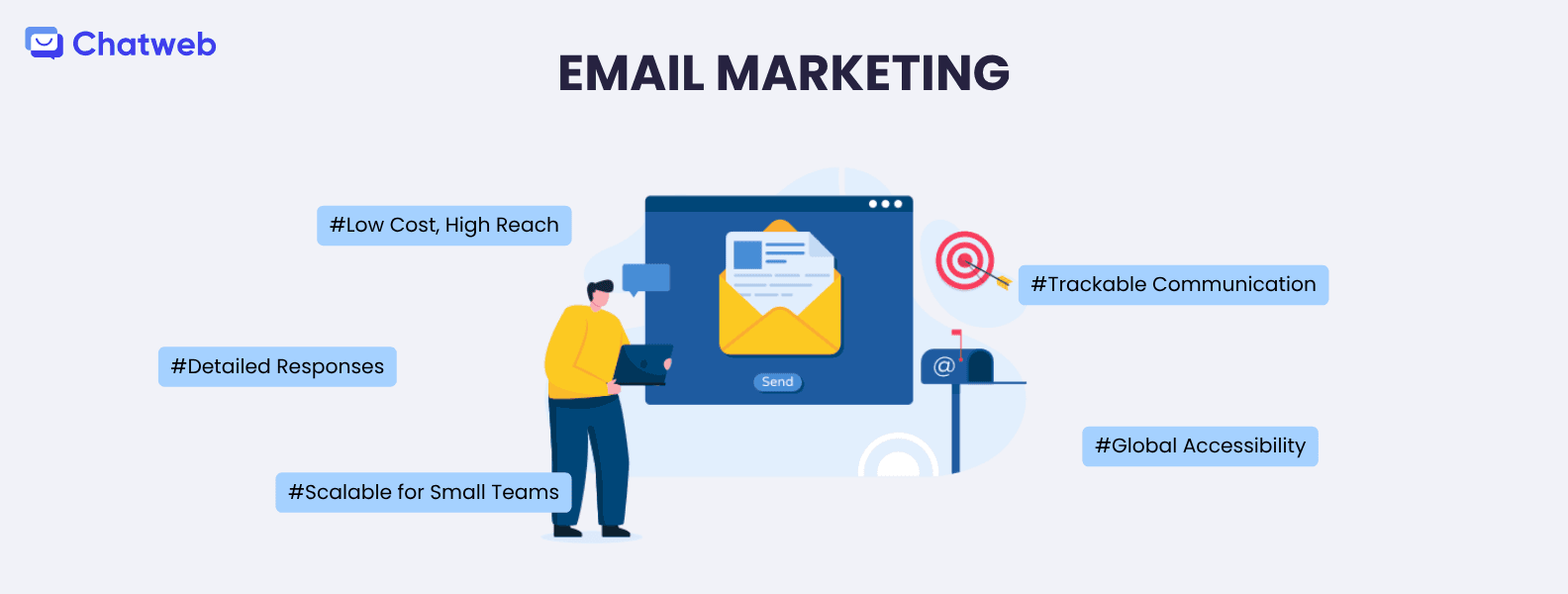
- Low Cost, High Reach
Email is nearly free, requiring only an account and a team member to respond. It’s ideal for SMEs with tight budgets, as you can handle inquiries without investing in new tools. - Detailed Responses
Email allows for long, thoughtful answers, perfect for complex issues like warranty claims or B2B proposals. You can attach files, links, or screenshots to clarify. - Scalable for Small Teams
One team member can manage dozens of emails daily, using templates for common queries to save time. - Trackable Communication
Emails create a paper trail, useful for record-keeping or resolving disputes. Tools like Gmail or Outlook let you organize threads easily. - Global Accessibility
Customers can email from anywhere, anytime, without needing to align with your business hours.
2.2 Email Downsides for SMEs
- Slow Response Times: Email has a 23% satisfaction rate, lagging behind live chat (41%) due to delays—often hours or days (Tidio).
- No Real-Time Interaction: Customers who need quick answers (e.g., during checkout) may bounce if they have to wait.
- Overwhelm Risk: High email volumes can swamp small teams, leading to missed messages or burnout.
- Impersonal Feel: Generic responses can frustrate customers expecting a personal touch.
3. Hotline: The Personal Touch of Voice
A hotline (or phone support) offers direct, voice-based communication. It’s the go-to for customers who want to hear a human voice, especially for complex or emotional issues.
3.1 How Hotlines Help SMEs
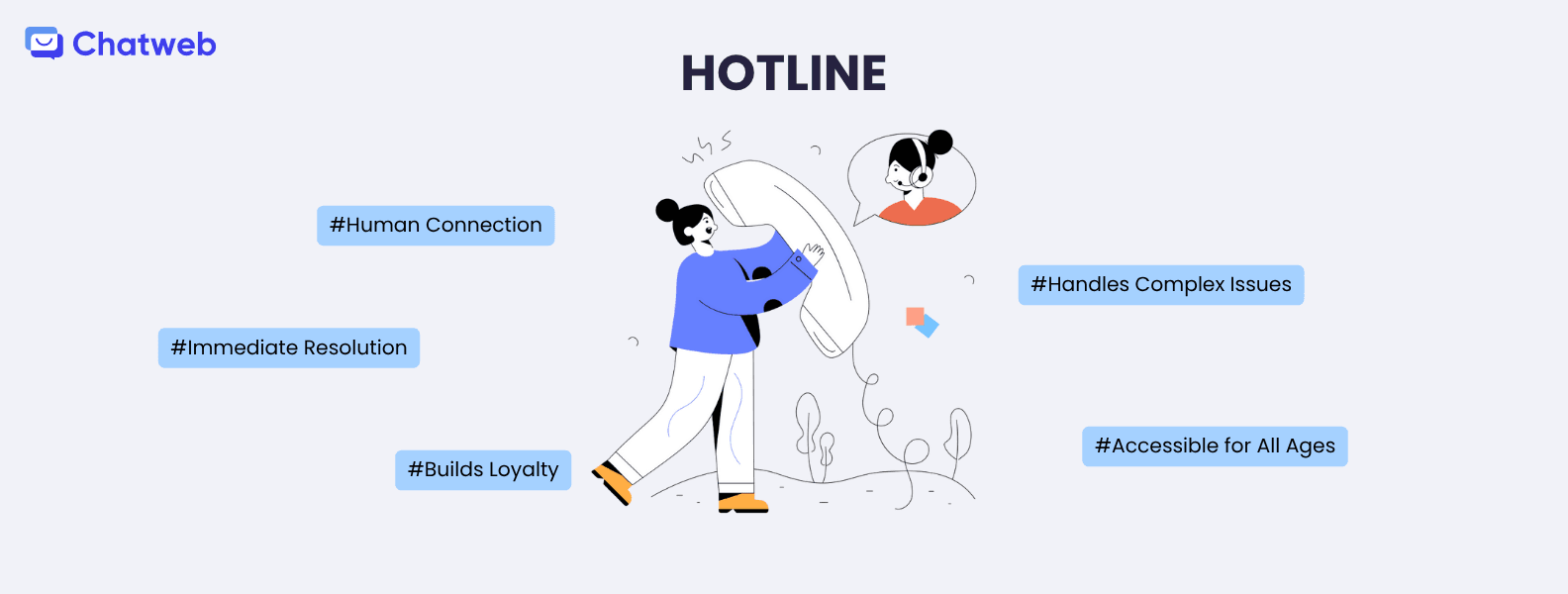
- Human Connection
Voice calls feel personal, building trust for high-stakes purchases like B2B services or luxury goods. - Immediate Resolution
Hotlines resolve issues in real-time, ideal for urgent queries like order changes or technical support. - Builds Loyalty
A friendly agent can turn a frustrated customer into a loyal one, especially for service-based SMEs. - Handles Complex Issues
Phone calls allow back-and-forth dialogue, perfect for troubleshooting or negotiating deals. - Accessible for All Ages
Older customers, less comfortable with digital tools, often prefer calling over typing.
3.2 Hotline Downsides for SMEs
- High Costs: Staffing a hotline requires dedicated agents, with costs averaging $30-50/hour per agent in 2025. SMEs with small teams may struggle.
- Limited Scalability: One agent can only handle one call at a time, unlike chat or email, which manage multiple queries.
- Time-Intensive: Calls often take longer than chats (average call time: 5-10 minutes vs. 1-2 minutes for chat).
- Missed Opportunities: Customers may avoid calling outside business hours, leading to lost sales.
4. Live Chat: The Fast, Flexible Powerhouse
Live chat, embedded on your website or app, lets customers message you instantly, with responses from human agents or AI bots. It’s real-time, convenient, and increasingly popular.
4.1 How Live Chat Helps SMEs
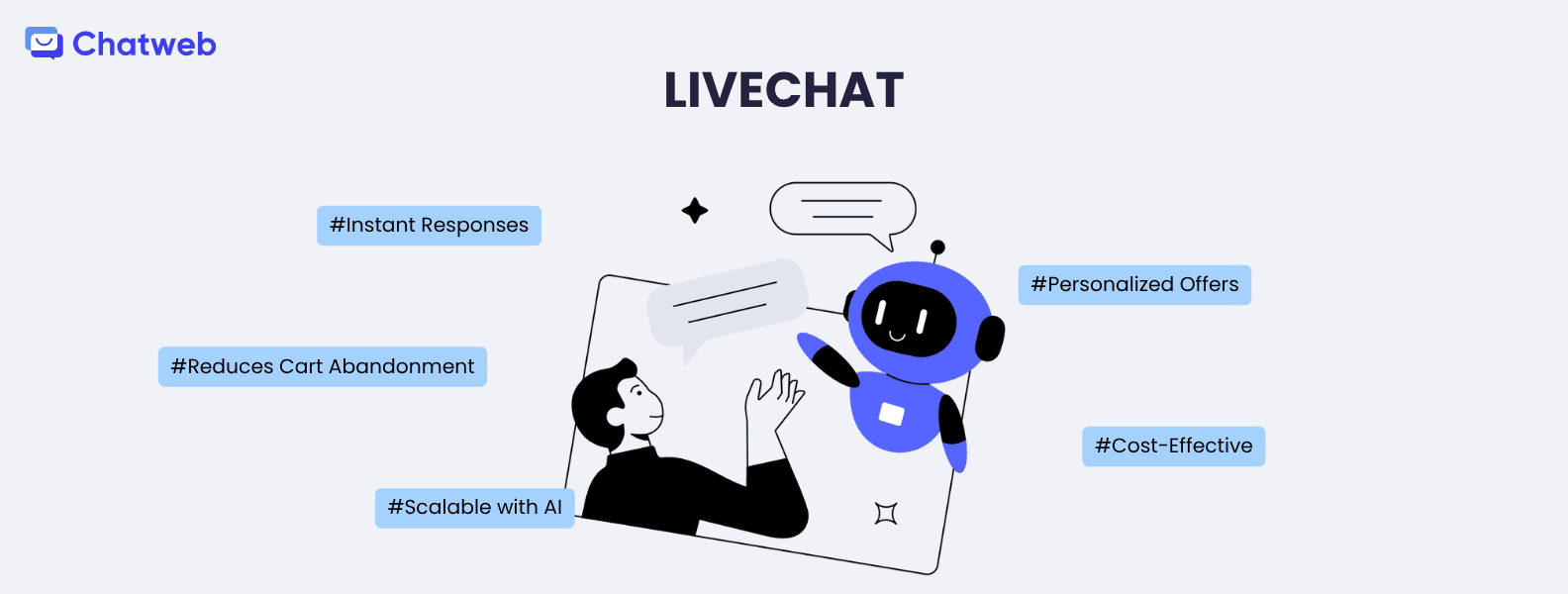
- Instant Responses
Live chat answers customers in seconds, with a 41% satisfaction rate, outpacing email and phone. This speed keeps shoppers engaged, especially during checkout. - Reduces Cart Abandonment
In eCommerce, 70% of carts are abandoned (Baymard Institute). Live chat can help reduce these by addressing doubts like “Is this in stock?” in real-time. - Scalable with AI
AI-powered live chat (via bots) can handle a large portion of customer queries without human intervention, allowing small teams to manage high volumes efficiently. Chatweb offers both bot and human support. - Personalized Offers
Live chat can suggest products based on browsing: “Love that shirt? Pair it with these pants for 10% off!” Personalized chats help increase customer engagement and order value. - Cost-Effective
Starting at $20-100/month (With chatweb, only $0-49.99/month), live chat is affordable for SMEs. One agent can handle multiple chats, unlike phone calls.
4.2 Live Chat Downsides for SMEs
- Setup Effort: Live chat requires integration into your website and training for agents or bots.
- Customer Expectations: Shoppers expect near-instant replies, so slow responses can hurt satisfaction.
- Tech Dependence: Glitches or downtime can disrupt service, unlike email’s reliability.
5. Head-to-Head Comparison: Email, Hotline, and Live Chat for SMEs
Here’s a clear comparison to help you decide:
6. Which is Best for Your SME?
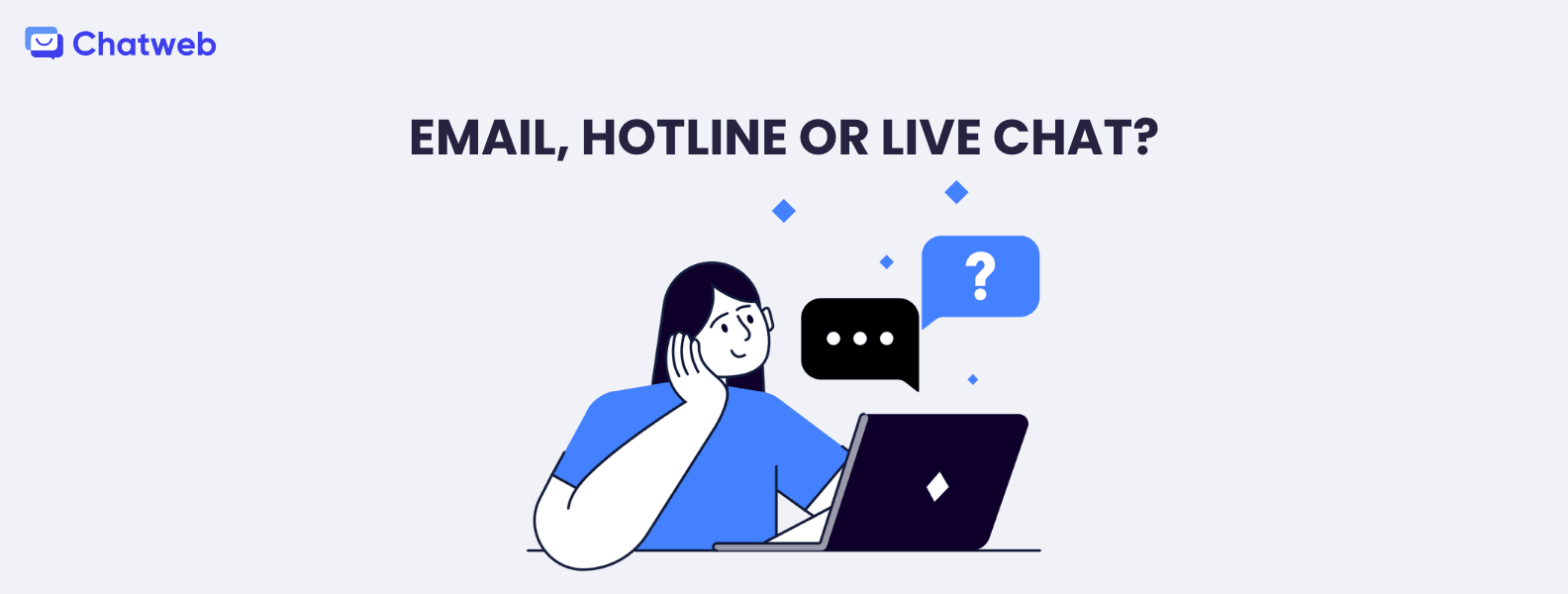
Your choice depends on your business’s size, budget, and customer needs. Here’s a quick guide:
- Choose Email if:
- You’re a micro-SME with a tiny budget and <1,000 customers/month.
- Your inquiries are complex (e.g., B2B contracts) and don’t need instant replies.
- You have a small team comfortable with written communication.
- Example: A freelance consultant handling project proposals.
- Choose Hotline if:
- You serve high-value clients or older customers who prefer voice calls.
- Your business deals with urgent or emotional issues (e.g., medical services).
- You can afford dedicated agents (~$30-50/hour).
- Example: A local HVAC company fixing urgent repairs.
- Choose Live Chat if:
- You’re an eCommerce or SaaS SME with 1,000+ visitors/month.
- You want to reduce cart abandonment or qualify leads quickly.
- You need a scalable, cost-effective solution (~$20-100/month).
- Example: An online retailer or software startup scaling fast.
Hybrid Approach: Many SMEs use a mix. For example, email for detailed follow-ups, live chat for real-time sales, and a hotline for VIP clients. Chatweb integrates with email and CRM systems, making a hybrid setup seamless.
Conclusion: Power Your SME with Chatweb
Email, hotline, and live chat each have unique strengths for SMEs. Email is cheap and great for detailed responses but slow. Hotlines offer a personal touch but are costly and hard to scale. Live chat, with its 88% satisfaction rate (Source: American Customer Satisfaction Index) and 40% conversion boost (Source: SuperOffice), often strikes the best balance for SMEs, combining speed, scalability, and affordability.
For most SMEs, live chat—especially with AI—offers the biggest bang for your buck. Start with Chatweb to add live chat to your site, reduce drop-offs, and turn visitors into customers. Get started today and watch your business thrive!

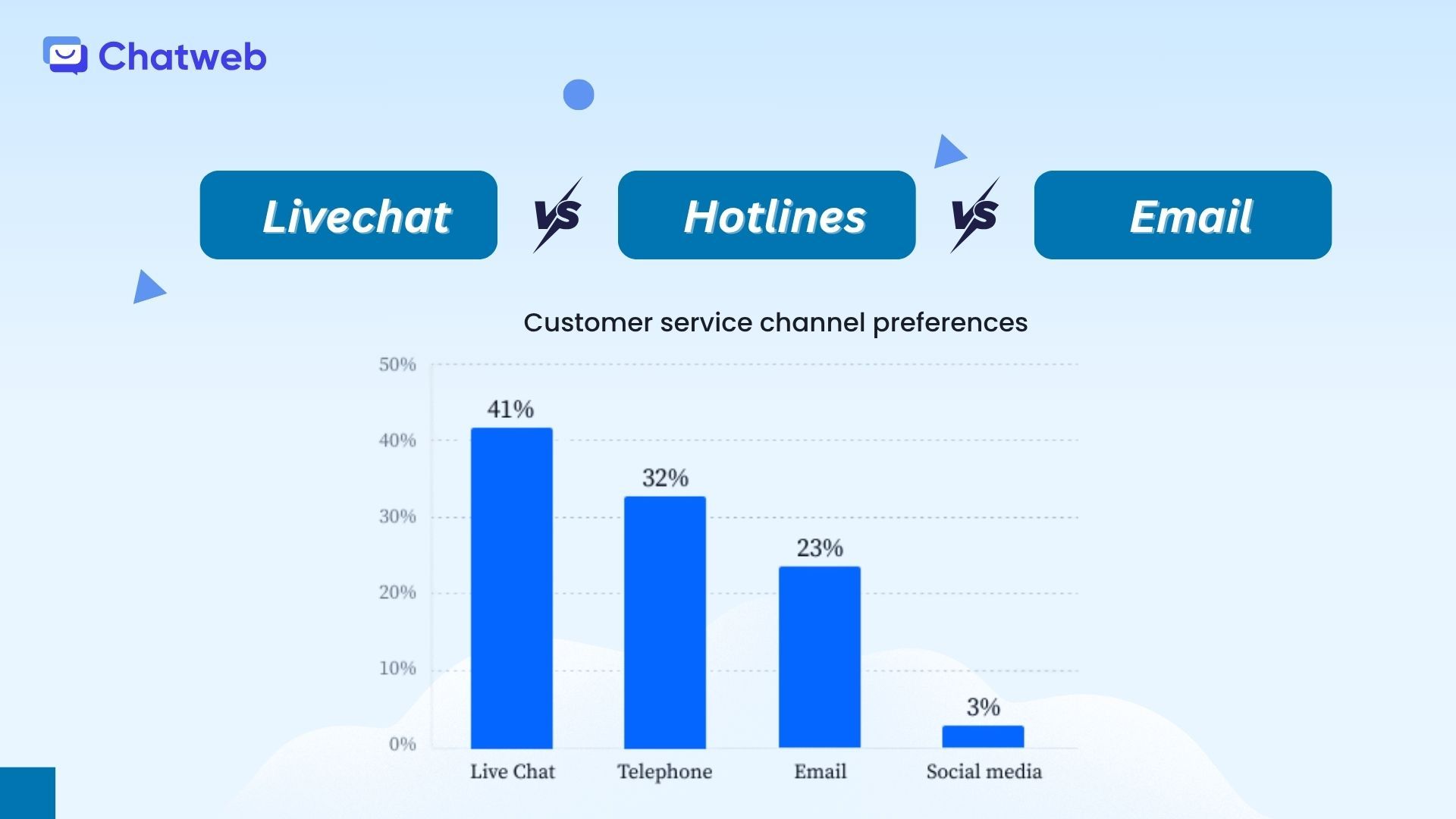
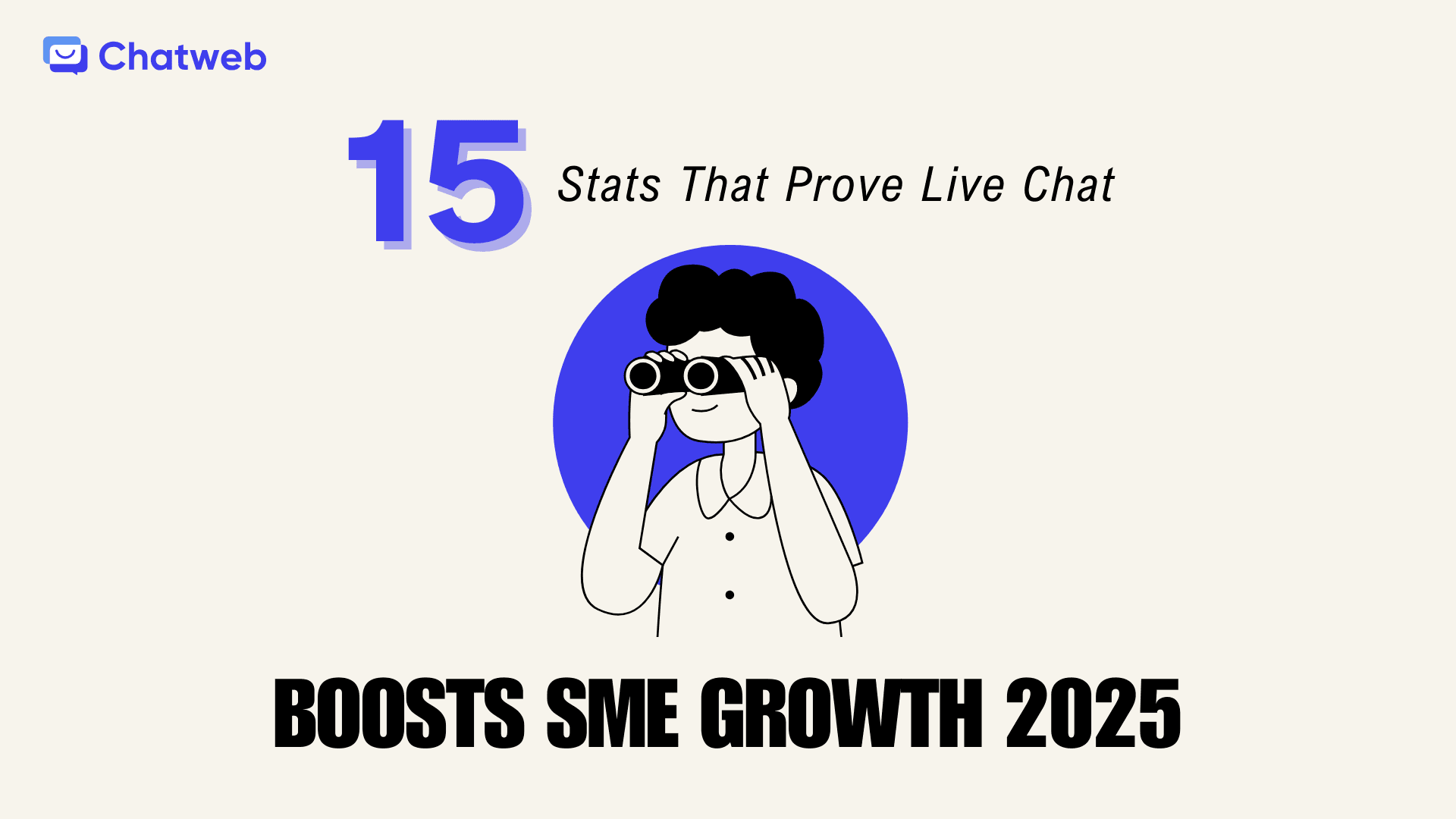

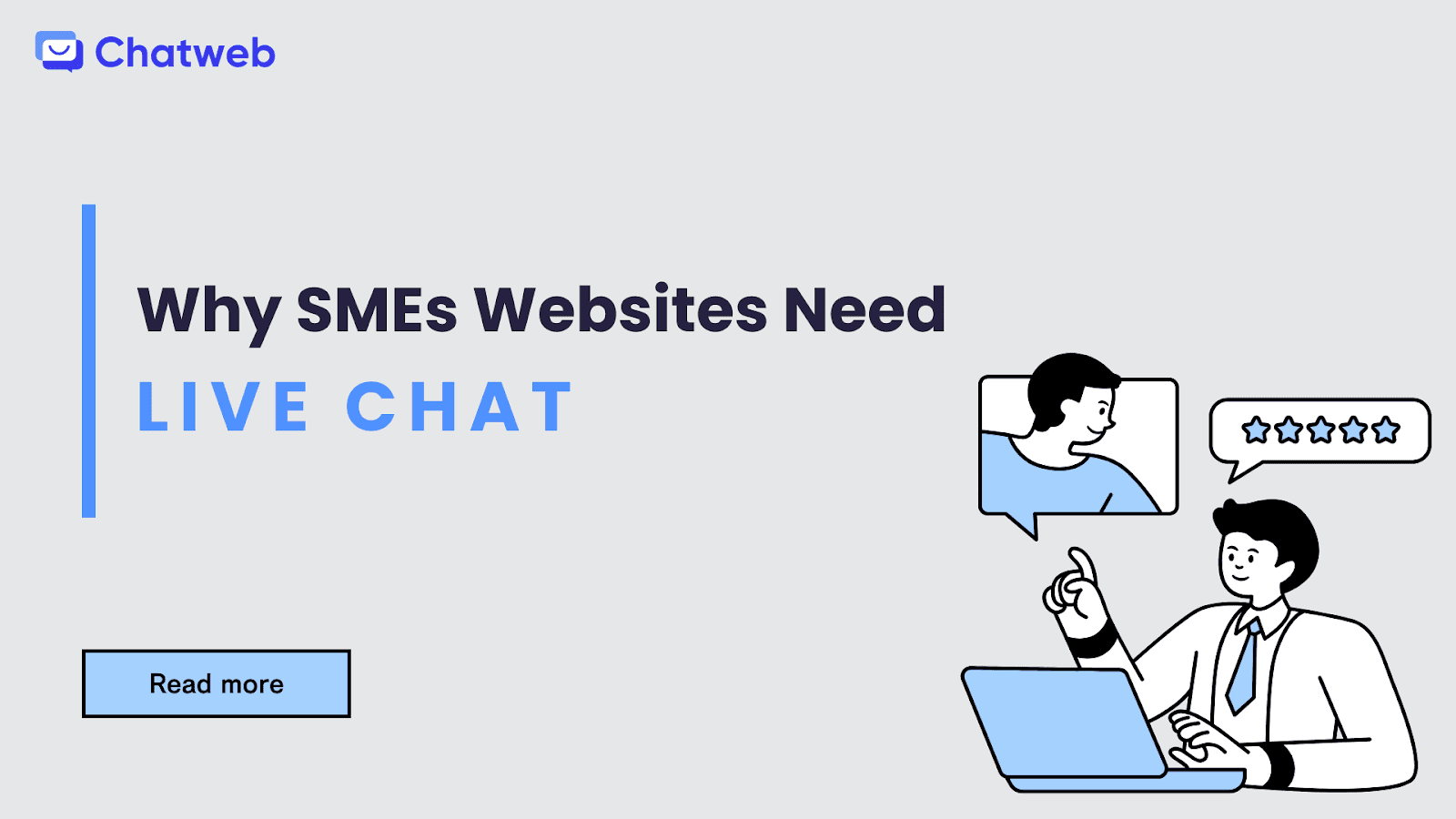
![[PayPal x Chatweb] Chatweb is now an official PayPal Payment Partner!](https://assets-content.aifusionlab.io/image_c1163cbd0d.png)

